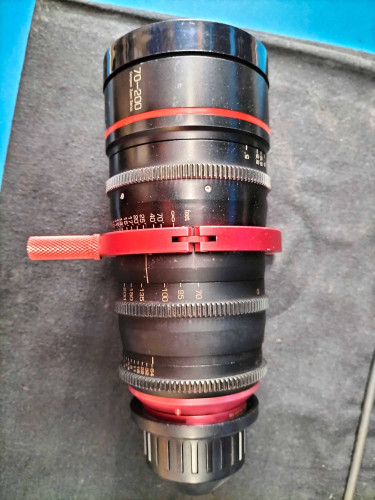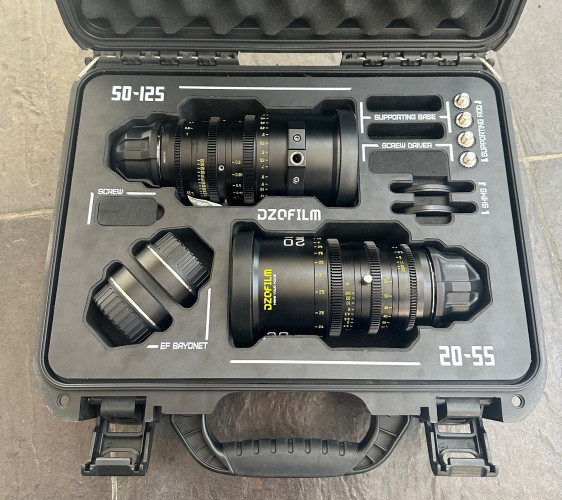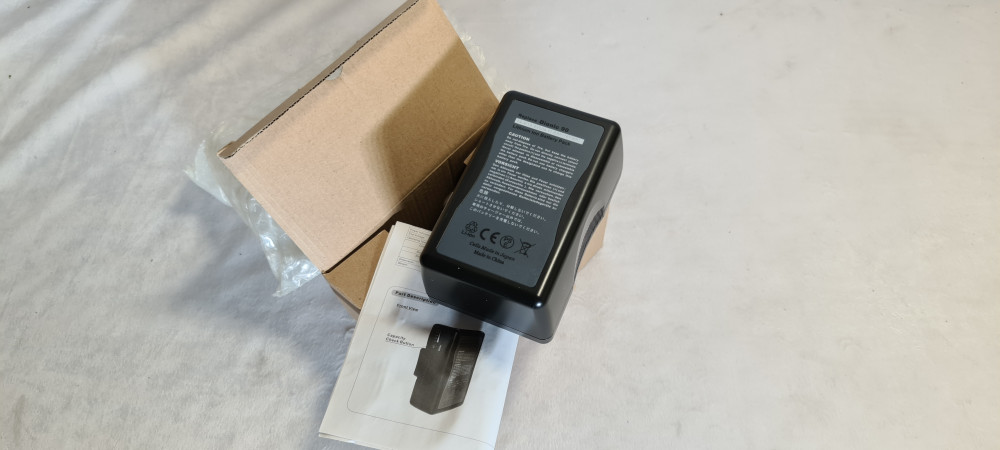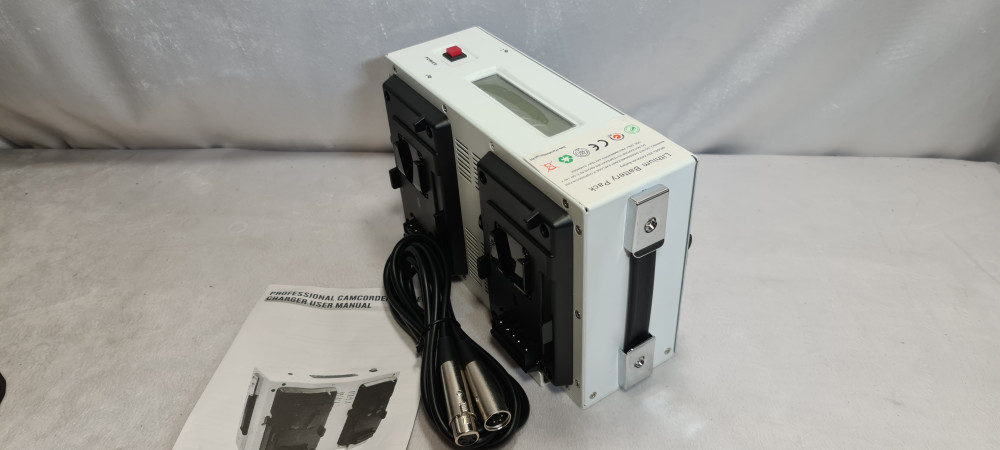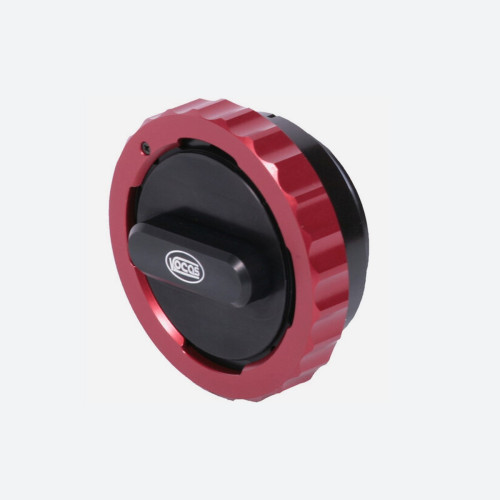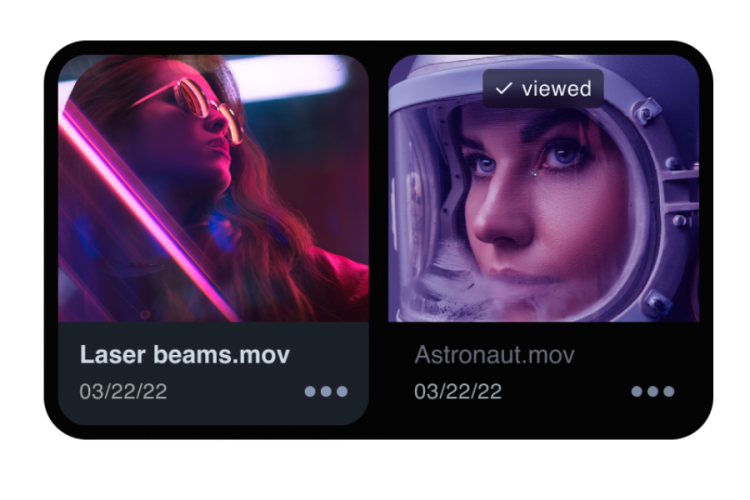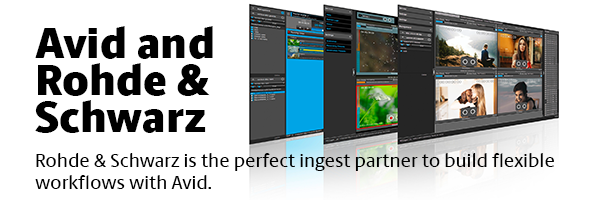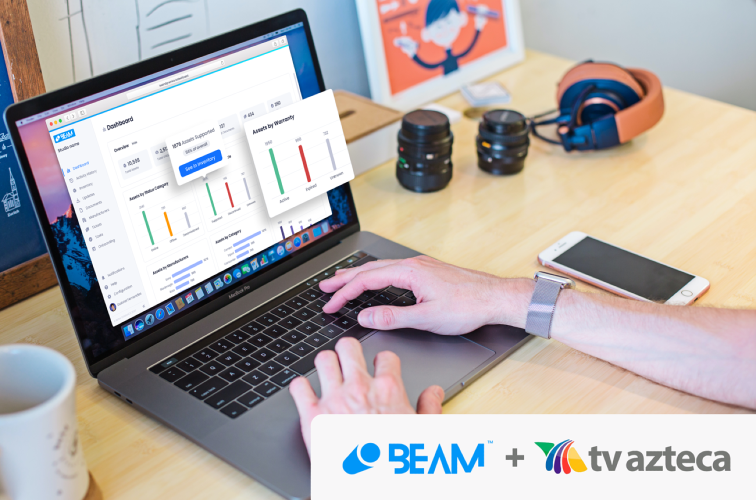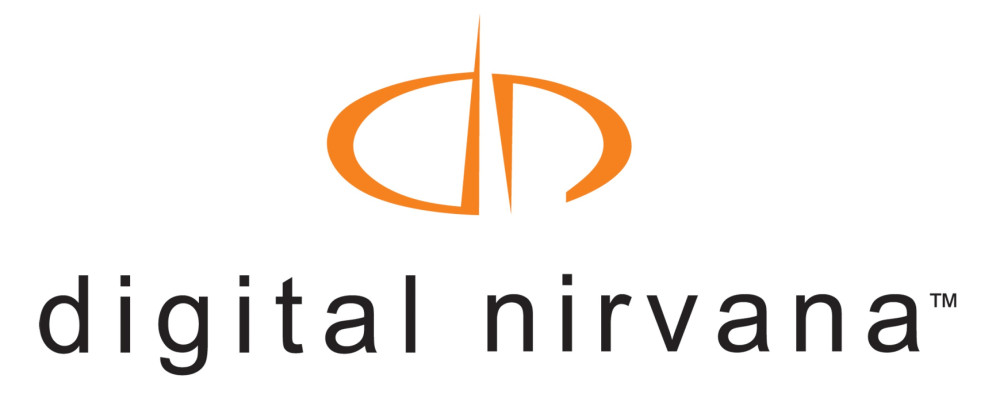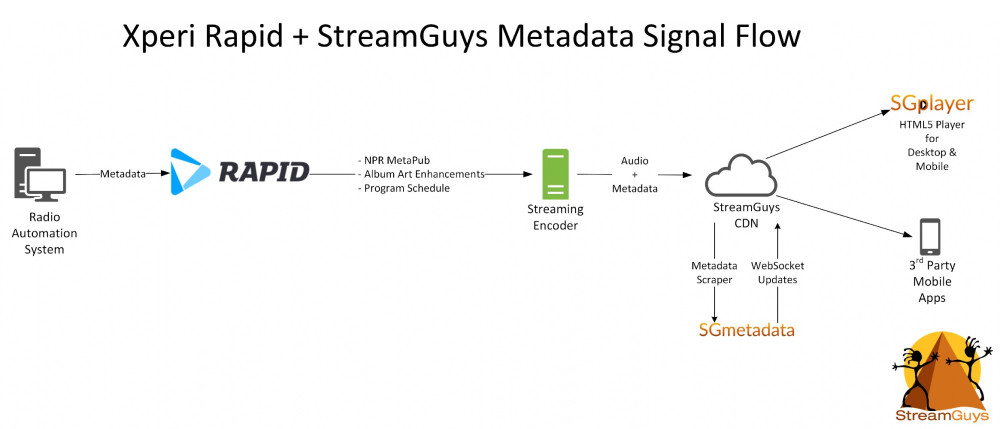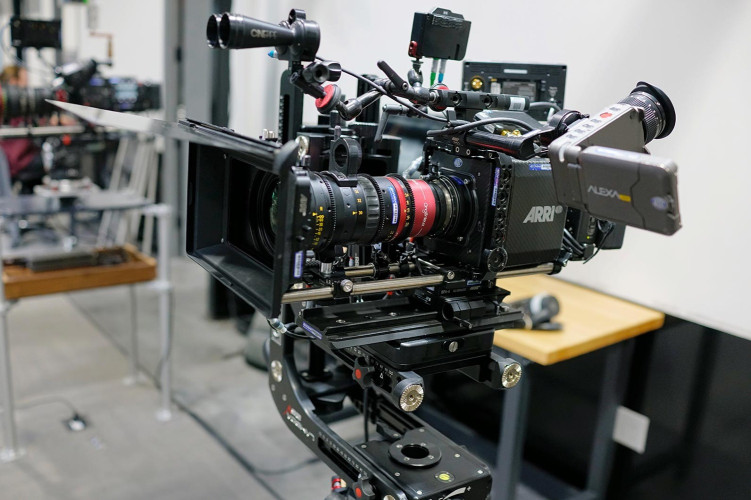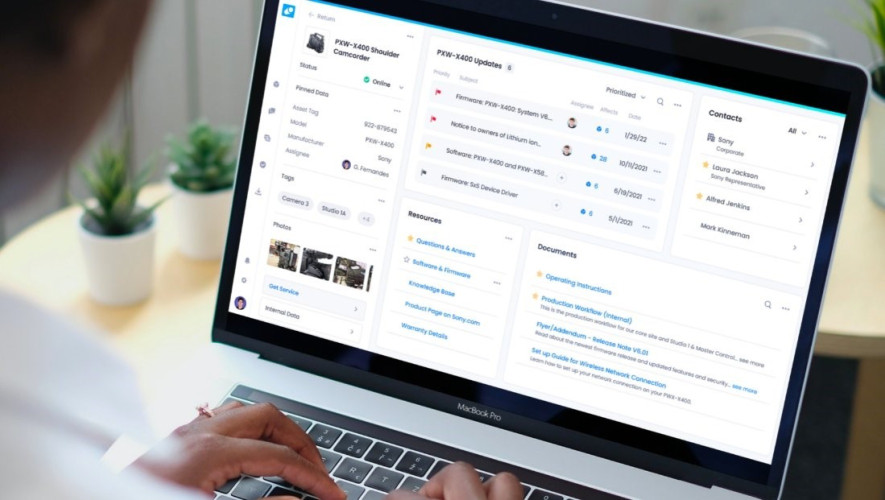Building a digital archive

Author: Bob Pank#
Published 1st October 2012
The search for specific content within masses of stored videotape once required a visit to the archive librarian, a great deal of patience, and some luck. Even if one was able to explain successfully the footage you needed, and if the librarian proved able to locate that content, there remained the possibility that tape degradation or generational loss had undermined the quality and usability of once-valuable images.
While the ongoing digitization of content has helped to preserve a growing volume of archive content, broadcasters and service providers are finding that digitization alone does not empower them to manage and organize this media successfully. Increased pressure to monetize digital content by repurposing it for additional channels and platforms is driving broadcasters and service providers to implement more effective ways of mining their digital archives.
Digital archiving today supports critical functions for describing, searching, organizing, browsing, processing and retrieving content, no matter where it is stored. Rather than visit the archive librarian, the desktop user can simply search for and request content, which is delivered automatically in the correct format. With fast, accurate, and highly automated media search capability, processing, and delivery, broadcasters and other content providers are well-equipped to leverage existing media profitably across new channels and distribution outlets.
Selecting a mezzanine format
A first step in building a digital archive is to determine the video format in which content will be archived. Ideally, this format represents the highest quality format that the organization can afford to store over the long term. While storage of uncompressed video likely is not feasible, the format should be a lightly compressed format that feeds all downstream processes and from which all other required versions may be derived. The sophistication of today’s transcoders opens the door wide, giving organizations many options in selecting a mezzanine format. Nevertheless, it is wise to remember that proprietary standards may come and go, making open standards the best long-term bet for ensuring the future utility of the archive and its contents.
Building the foundation with metadata
Metadata, or data about data, is what allows digital archives to give users rapid access to the content they want. Metadata comes in many formats and types, the most basic of which is structural metadata. Because it defines the characteristics of digital content — details such as its format, bit rate, aspect ratio, resolution, and associated audio tracks — this metadata can be critical not only in supporting the basic organization of content, but also in facilitating the handling and processing of media according to specific business rules and distribution strategies.
A second type of metadata, descriptive metadata, includes fields defined by the organization and designed to describe content in such as way that its use may be controlled. Descriptive metadata fields often include data such as rights information, content descriptions, scene descriptions, production crew and details, locations, actors, and other details that not only support effective searches, but also facilitate appropriate content processing based on business rules. Here again, metadata gives content owners to means to make (or automate) intelligent, efficient decisions about how and where the content is processed. The more specific the descriptive data for a given piece of content, the easier it is for staff across a facility or enterprise to locate that content and maximize its value to the business.
Implementing a management layer
While media and metadata clearly are fundamental elements of the digital archive, it is a layer of management software that actually uses the aforementioned metadata to control, describe, segment, catalog, and search content within the digital archive. In addition to organizing media, the management layer gives users the tools they need to create rules for automated content handling. It is responsible for applying those business rules while also addressing the content-related requests of users.
In this respect, the use of proxies (low-resolution representations of high-resolution content) is an essential part of archive management. Proxies provide users with a visual representation of archived content and thus help to confirm that a particular clip or larger piece of content is indeed what they are seeking. Once content is identified, the system can provide a simple storyboard of still images from clip. This method of reviewing archived content can serve as a time-saving device, allowing users to browse the content of a clip without actually watching it. This capability is valuable both for users tasked with cataloging content and adding further metadata and for users seeking content for specific productions or segments.
From format to workflow, and from infrastructure to management system, the creation of a digital archive requires consideration of many factors. The right decisions for a given broadcaster or content provider will depend on the specific needs of that business, and the resulting system will yield significant benefits in the short term and as the archive expands.
END
About the Author: Simon Eldridge is Senior Manager, Management Applications, at Harmonic Inc. Eldridge joined Harmonic in 2010 via the company’s acquisition of Omneon. His role at Harmonic continues the work he began at Omneon, providing management and strategic direction for a suite of software applications and utilities.



